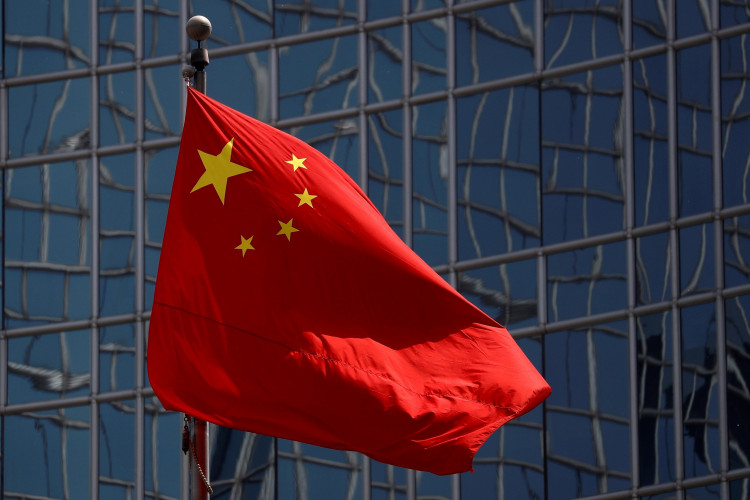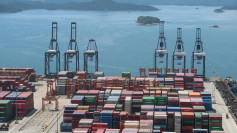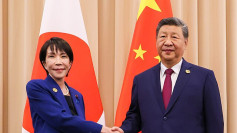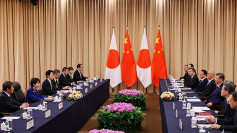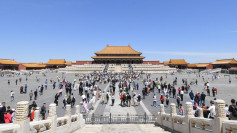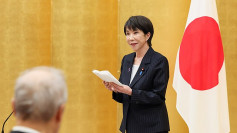China's top leadership pledged new measures to stabilize the economy in the second half of the year, including curbing excessive price competition and managing industrial overcapacity, as fresh uncertainty surrounds the country's trade relations with the United States. The commitments were outlined in a statement following the July meeting of the Politburo, the Communist Party's highest decision-making body for economic policy.
According to state-run Xinhua News Agency, leaders plan to maintain a "proactive fiscal policy" and "appropriately loose" monetary stance while tightening regulation on "disorderly competition." The summary emphasized structural support over sweeping stimulus, signaling that Beijing will act with "flexibility and foresight" to safeguard employment, stabilize expectations, and support vulnerable sectors.
"The government is also more willing to take measures to battle deflationary pressure and overcapacity in the manufacturing sector," said Gary Ng, senior economist at Natixis. "However, the stress has not pushed policymakers to commit to more immediate stimulus, as they only keep the options open if needed."
China's second-quarter GDP expanded by 5.2%, slightly above expectations, but policymakers remain cautious amid weak domestic demand and prolonged deflationary trends. Producer prices have declined for 33 consecutive months, and industrial profits fell 1.8% in the first half and 4.3% in June alone.
The Politburo pledged to accelerate the use of government bonds, strengthen financing support for foreign trade companies affected by tariffs, and promote innovation in emerging sectors. However, no changes were made to interest rates or the reserve requirement ratio, both of which were referenced in prior meetings.
A separate Xinhua report quoted President Xi Jinping warning against "involution," a term describing diminishing returns amid fierce business competition. Xi called for breaking the cycle of excessive competition and enhancing consumption to boost long-term growth.
Trade tensions with the U.S. remain a major concern. High-level negotiations in Stockholm this week ended without resolution. Chinese Vice Premier He Lifeng and U.S. Treasury Secretary Scott Bessent both described the talks as "constructive," but disagreed on whether the 90-day tariff pause set to expire August 12 would be extended.
"We haven't given the sign-off," Bessent told reporters, adding that President Donald Trump would ultimately decide whether to allow paused tariffs to "boomerang" back into effect.
The existing truce maintains U.S. tariffs at 30% and Chinese tariffs at 10%, reduced from the triple-digit rates enacted in April. Exporters on both sides had ramped up shipments in May and June, anticipating potential disruptions.
"Policymakers are taking a wait-and-see mode for now, but they will take action whenever the growth target is under threat," said Larry Hu, chief China economist at Macquarie. China is targeting annual GDP growth of approximately 5% in 2025.
The Politburo also announced that a key Fourth Plenum will be held in October, expected to shape the next five-year development plan for 2026-2030. Analysts anticipate that the session will focus on boosting productivity and adapting to long-term structural headwinds including aging demographics, industrial overcapacity, and geopolitical uncertainty.
China's Foreign Ministry urged the U.S. to uphold the "important consensus" reached between Trump and Xi in a recent call, while defending its energy ties to Russia. "There are no winners in a tariff war," said Foreign Ministry spokesman Guo Jiakun. "China will resolutely safeguard its sovereignty, security and development interests."
